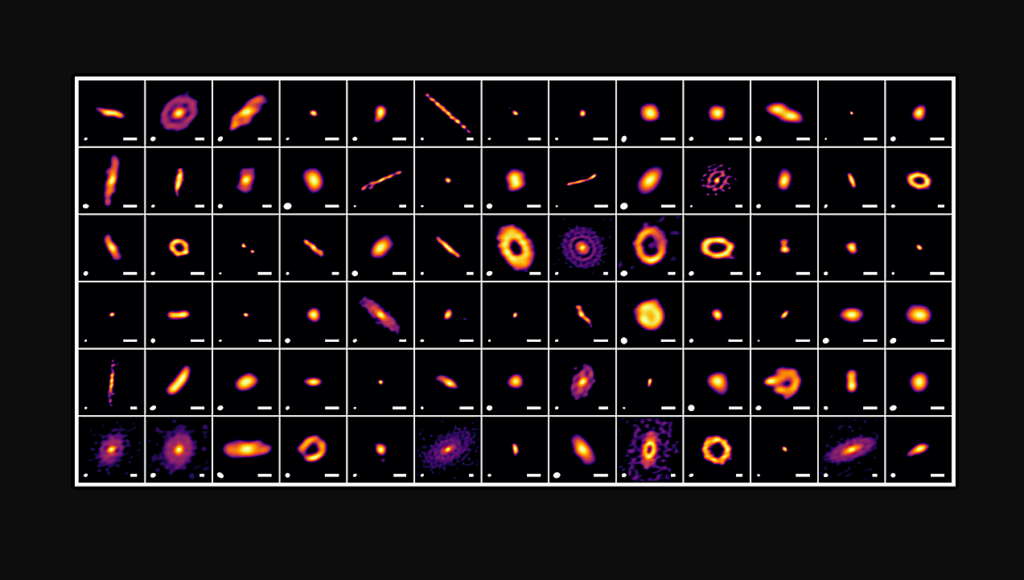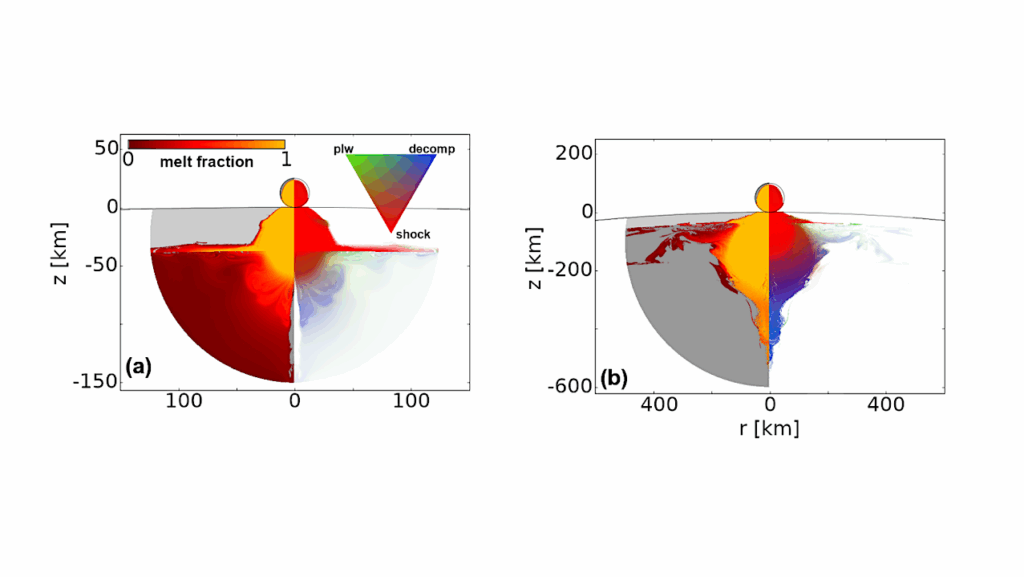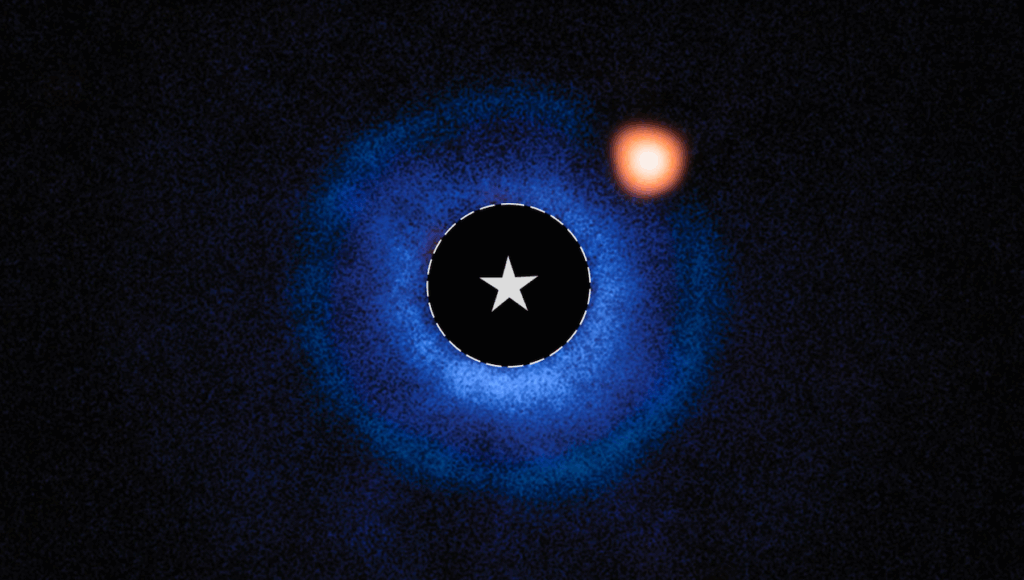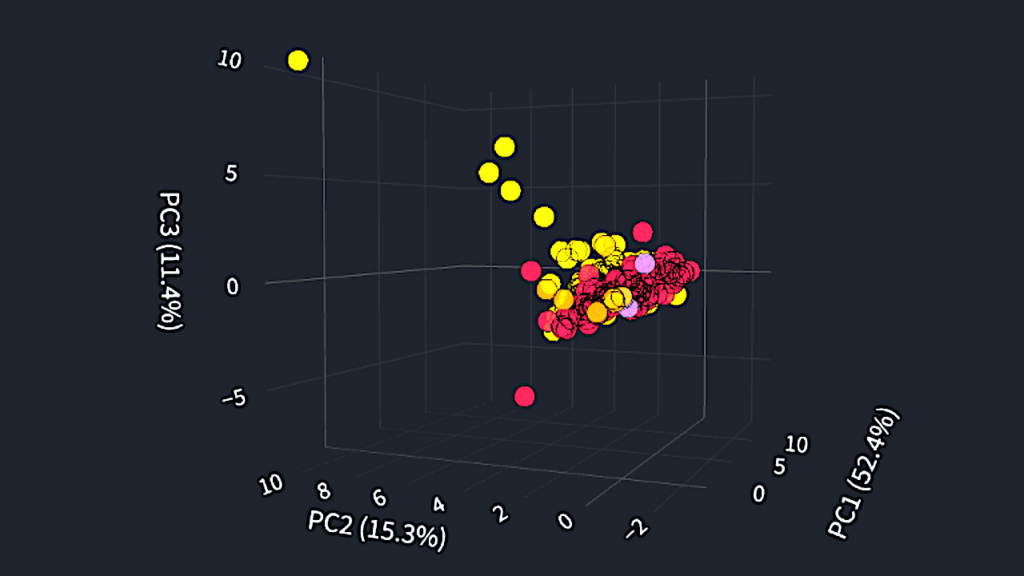Simulations For Planning Next-Generation Exoplanet Radial Velocity Surveys

Future direct imaging missions such as HabEx and LUVOIR aim to catalog and characterize Earth-mass analogs around nearby stars.
The exoplanet yield of these missions will be dependent on the frequency of Earth-like planets, and potentially the a priori knowledge of which stars specifically host suitable planetary systems.
Ground or space based radial velocity surveys can potentially perform the pre-selection of targets and assist in the optimization of observation times, as opposed to an uninformed direct imaging survey. In this paper, we present our framework for simulating future radial velocity surveys of nearby stars in support of direct imaging missions.
We generate lists of exposure times, observation time-series, and radial velocity time-series given a direct imaging target list. We generate simulated surveys for a proposed set of telescopes and precise radial velocity spectrographs spanning a set of plausible global-network architectures that may be considered for next generation extremely precise radial velocity surveys. We also develop figures of merit for observation frequency and planet detection sensitivity, and compare these across architectures.
From these, we draw conclusions, given our stated assumptions and caveats, to optimize the yield of future radial velocity surveys in support of direct imaging missions. We find that all of our considered surveys obtain sufficient numbers of precise observations to meet the minimum theoretical white noise detection sensitivity for Earth-mass habitable zone planets, with margin to explore systematic effects due to stellar activity and correlated noise.
Patrick D. Newman (1), Peter Plavchan (1), Jennifer A. Burt (2), Johanna Teske (3), Eric E. Mamajek, 2 Stephanie Leifer (4), B. Scott Gaudi (5), Gary Blackwood (2), Rhonda Morgan (2) ((1) George Mason University, (2) Jet Propulsion Laboratory, (3) Carnegie Institution for Science, (4) The Aerospace Corporation, (5) The Ohio State University)
Comments: Submitted to AAS Journals; under revision
Subjects: Earth and Planetary Astrophysics (astro-ph.EP); Instrumentation and Methods for Astrophysics (astro-ph.IM)
Cite as: arXiv:2204.13968 [astro-ph.EP] (or arXiv:2204.13968v1 [astro-ph.EP] for this version)
https://doi.org/10.48550/arXiv.2204.13968
Submission history
From: Patrick Newman
[v1] Fri, 29 Apr 2022 09:38:41 UTC (3,669 KB)
https://arxiv.org/abs/2204.13968
Astrobiology,








